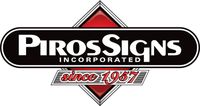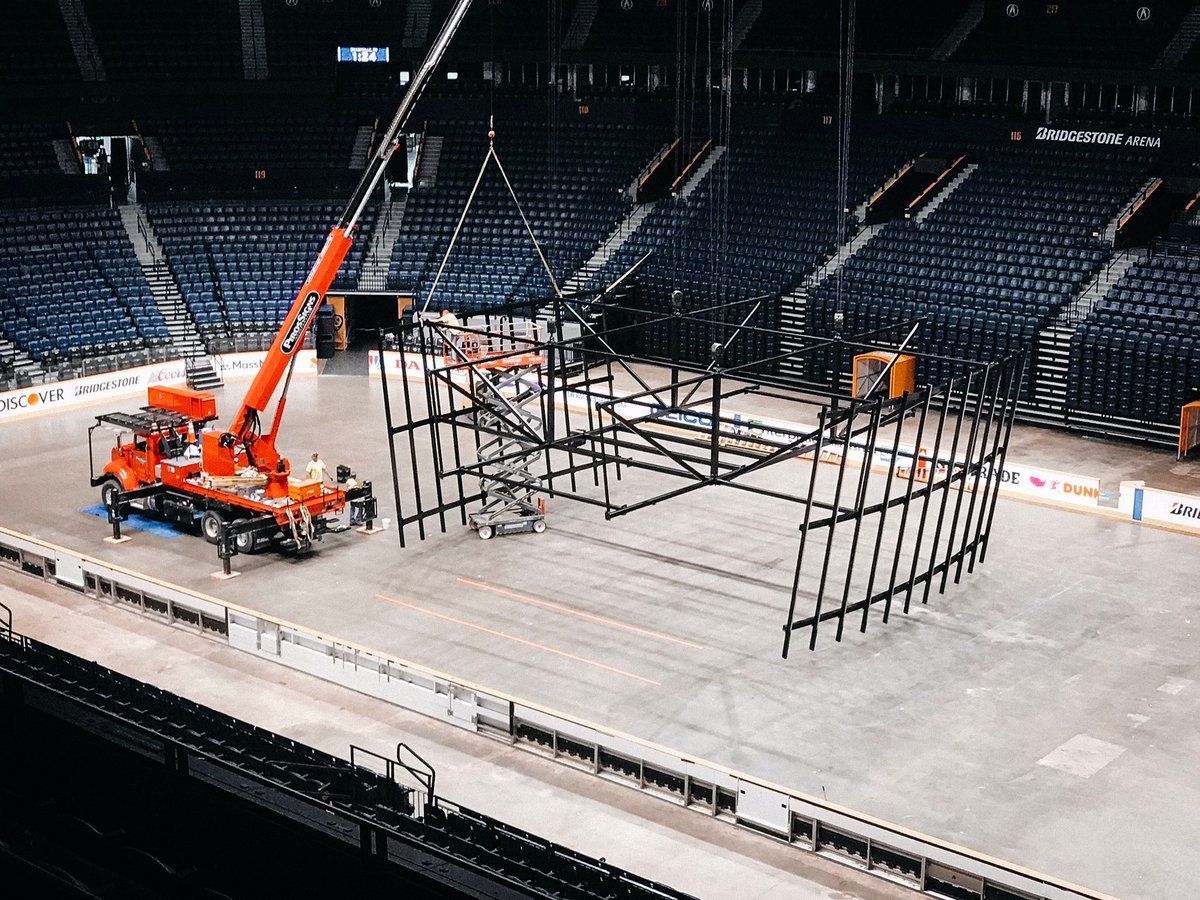Before you install a custom business sign, it’s crucial to understand your local signage regulations. Signage permits are more than just red tape. They ensure your sign complies with city zoning laws, keeps your business in good standing, and avoids costly fines or delays. Whether you’re opening a storefront or refreshing your brand’s visibility, securing the right permits is an essential first step.
Why Signage Permits Are Important for Businesses
Understanding Local Zoning Laws
Each city or municipality has its own set of rules for commercial signage. These rules often cover:
- Sign size
- Placement and distance from the street
- Illumination and brightness levels
- Height and structural stability
For example, a retail shop in a downtown area was fined and forced to downsize its sign after installing an oversized illuminated display without a permit. These situations are common and easily avoidable.
What Types of Signs Require a Permit?
Not all signs require approval, but most exterior and illuminated signs do. Common types that usually need a permit include:
- Outdoor & Freestanding Signs – Such as pylon signs, monument signs, and hi-rise signs.
- Illuminated & Digital Signs – Including LED signs, neon signs, and digital message boards.
- Storefront & Window Graphics – Some cities regulate how much of a window can be covered, especially with graphics.
How to Obtain a Sign Permit for Your Business
Step-by-Step Guide to the Permitting Process
Here’s a quick breakdown of how to navigate the process:
- Research local codes on your city’s website or visit the planning/zoning office.
- Submit design plans detailing your sign’s size, materials, and location.
- Apply for a permit—fees vary depending on your sign’s type and size.
- Schedule an inspection (if required) once your sign is ready for installation.
How Long Does the Approval Process Take?
Most signage permits are approved in 2–6 weeks, but delays can happen. Common issues include:
- Missing or inaccurate documentation
- Design conflicts with zoning regulations
For instance, a business had to completely redesign its sign after submitting a proposal that violated height restrictions, resulting in weeks of delay.
Common Permit Challenges & How to Overcome Them
Navigating Special Regulations for Historic Districts & Business Parks
Certain areas, such as historic districts or curated business parks, may have specific design restrictions. A boutique once had to switch from LED signage to carved wooden letters to comply with historic preservation guidelines.
What Happens if You Install a Sign Without a Permit?
Skipping the permit process can lead to:
- Fines and legal trouble
- Forced removal of the sign
- Delays in business operations
One restaurant had to take down its neon sign after violating local brightness restrictions—an expensive lesson in compliance.
FAQ Section
Q1: Do all business signs require a permit?
A: Most outdoor, illuminated, and freestanding signs do. Small interior signs may not.
Q2: How much does a signage permit cost?
A: Costs typically range from $50 to over $500, depending on your location and sign type.
Q3: How can I check my local sign regulations?
A: Visit your city’s zoning or planning department website, or ask a professional sign company for help.
Conclusion
Navigating the sign permitting process may seem overwhelming, but it’s essential to keeping your business compliant, visible, and successful. By understanding local laws and working with professionals, you can avoid costly mistakes and keep your project on track.
Need help with design, permits, or installation? Contact Piros Signs—we’ll guide you from concept to completion!

